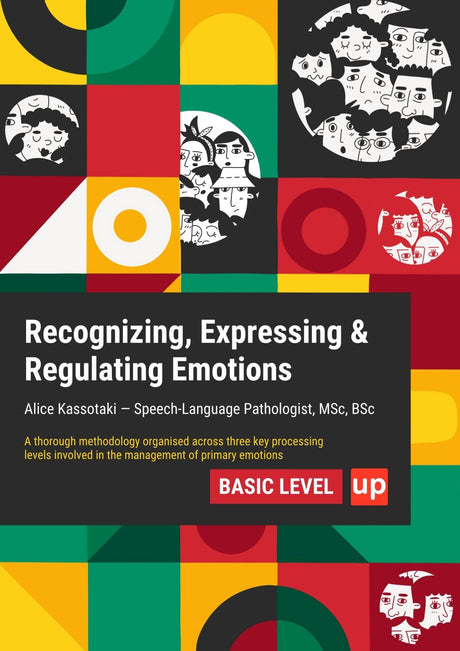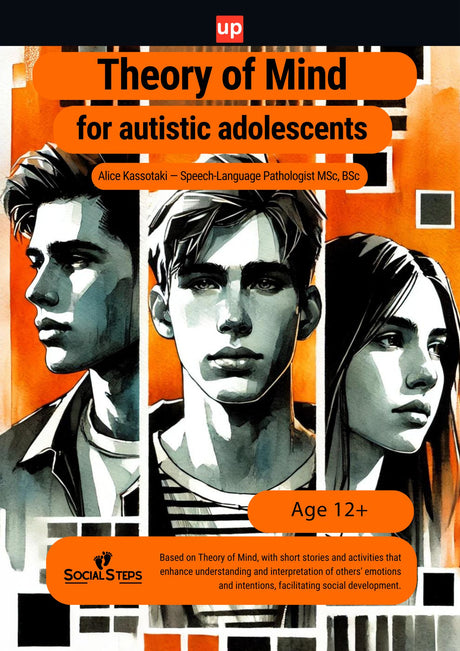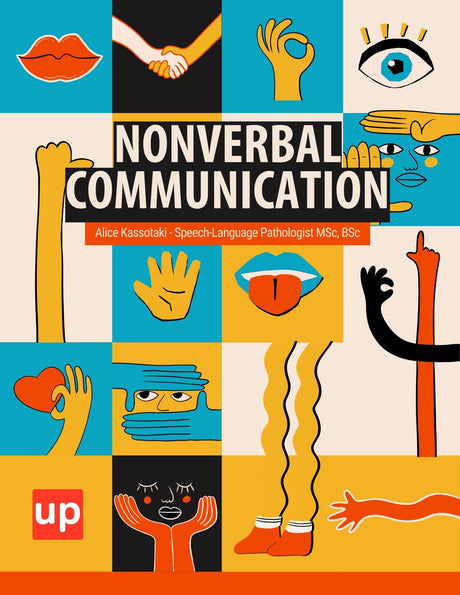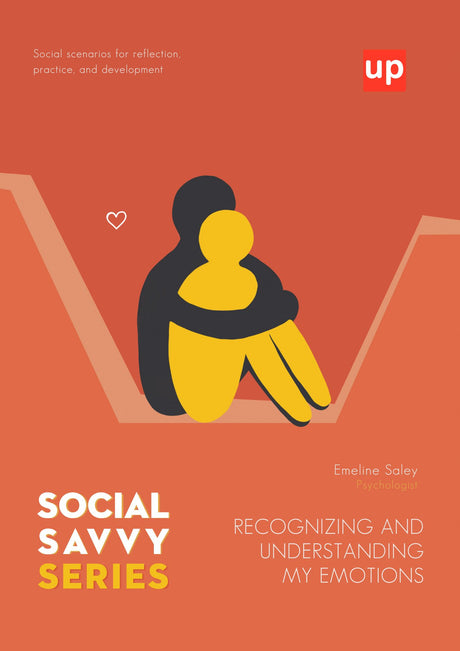Autistic individuals have unique strengths that are often overlooked. This article highlights some key strengths of autism: exceptional visual skills, cognitive abilities, and focused interests.
Key Takeaways
- Autistic individuals often exhibit exceptional visual strengths and cognitive advantages, such as superior memory and pattern recognition, which can be leveraged in various academic and professional fields.
- Early intervention plays a critical role in nurturing the inherent abilities of autistic children, significantly improving their developmental outcomes and addressing their unique learning preferences.
- Special interests and sensory sensitivities can be transformed into strengths, contributing to personal growth, skill development, and enhanced quality of life for autistic individuals.
Recognizing Visual Strengths in Autism

Autistic individuals often possess exceptional visual abilities, making them adept at tasks that require keen observation and pattern recognition. These visual strengths are evident from a young age, sometimes as early as 9 months, especially in babies with autistic siblings. This early manifestation suggests an innate ability to process visual information more efficiently than non-autistic individuals.
Many autistic individuals excel in visual search tasks, demonstrating a unique ability to identify shapes or objects in complex images. This superior visual search ability is a cognitive strength that sets autistic individuals apart, allowing them to notice details that others might overlook. Such skills are often utilized in fields that require meticulous attention to detail, such as data analysis and design.
Pattern recognition is another area where autistic individuals shine. Studies have shown that they can process complex patterns more efficiently than their non-autistic counterparts. This ability to see patterns and create systems for organizing information contributes to their cognitive strengths and can be particularly beneficial in academic and professional settings.
Moreover, these visual strengths are not exclusive to those who can communicate verbally. Research indicates that minimally verbal autistic children also exhibit similar visual abilities, highlighting that these strengths are a common trait among autistic individuals regardless of their verbal communication skills. Nurturing these visual strengths can help autistic individuals realize their full potential.
Cognitive Advantages in Autism

Autistic individuals often exhibit certain cognitive strengths that enhance their problem-solving abilities and unique perspectives. One of the most notable cognitive advantages is exceptional memory, sometimes referred to as savant-like memory. This ability allows autistic individuals to recall detailed information effectively, which can be a significant asset in both academic and professional settings.
Another cognitive strength commonly observed in autistic individuals is the ability to hyperfocus, a trait that can be associated with high-functioning autism and autistic traits. This intense concentration on a specific task or subject for extended periods often leads to high levels of productivity and expertise. Hyperfocus can be particularly beneficial in fields that require deep knowledge and sustained attention, such as research and technology.
Early intervention significantly enhances cognitive strengths. Implementing interventions early can improve developmental outcomes, helping autistic children build on their inherent abilities. This underscores the importance of identifying autism early and providing the necessary support to nurture these cognitive strengths.
These cognitive advantages, combined with the visual strengths discussed earlier, paint a picture of autistic individuals as highly capable and talented. By leveraging these strengths, we can create opportunities for autistic individuals to excel and contribute meaningfully to society.
Leveraging Special Interests
Special interests are a hallmark of autism, characterized by intense focus and dedication to specific topics. Many autistic individuals report engaging deeply with their special interests, often achieving encyclopedic knowledge in these areas. This level of expertise can set them apart, allowing them to stand out in fields they are passionate about. Special interest can be a powerful motivator for learning and personal growth.
Encouraging and leveraging these special interests can facilitate skill development and holistic growth. For instance, an autistic child with a keen interest in computers might learn coding, thereby enhancing their technical skills and opening up future career opportunities. These special interests can also help autistic individuals build their identity and confidence, contributing to their overall well-being.
Employers and educators can support these special interests by recognizing and nurturing these passions, thereby creating environments where autistic individuals can thrive. This approach not only benefits the autistic individual but also brings unique perspectives and skills to the broader community.
Rule-Based Thinking and Structure
Autistic individuals often thrive in environments that provide clear rules and structure. This preference for order and predictability can be leveraged to enhance learning and social participation. Visual learning strategies, for example, are particularly effective for autistic children, helping them retain information better than auditory learning.
Structured activities and clear expectations enhance the ability of autistic individuals to engage socially and develop new skills. Tailored accommodations addressing sensory sensitivities and structured environments further improve learning experiences. Positive reinforcement and predictable routines make a substantial difference in daily life.
Visual strategies in therapies and educational settings are beneficial. Visual schedules that outline daily activities help autistic children understand expectations, reduce anxiety, and improve task transitions. By creating structured opportunities for practice, we can help autistic individuals develop the skills they need to succeed.
Superior Memory Skills

One of the most impressive cognitive strengths observed in autistic individuals is their superior memory skills. Rote memory, the ability to remember specific types of information, is a common trait among autistic children. This skill allows them to recall detailed information such as conversations, songs, and number plates with remarkable accuracy.
These memory skills are instrumental in both academic and daily life. For instance, an autistic child might use their rote memory to excel in subjects requiring recall of specific facts. This ability to retain detailed information is also beneficial in professional settings, where attention to detail and accuracy are valued.
Leveraging these memory skills can lead to increased efficiency and success in various areas of life. Nurturing this strength helps autistic individuals utilize their memory skills to achieve their full potential.
Sensory Sensitivities as Strengths

Sensory sensitivities, often viewed as challenges, can also be harnessed as strengths for autistic individuals. Many autistic people exhibit heightened or diminished responses to sensory stimuli, which can be leveraged to their advantage. Positive sensory experiences, such as a heightened appreciation for certain textures or sounds, can contribute to overall well-being.
Stimming behaviors, which include repetitive movements or sounds, are often used by autistic individuals to manage emotions and sensory overload. These behaviors serve various functions, including anxiety reduction, sensory stimulation, and communication of distress. Many autistic adults view stimming as a vital self-regulatory tool, rather than a behavior that should be eliminated.
Supporting sensory sensitivities and stimming behaviors enhances the quality of life for autistic individuals. Fidget tools like spinners or stress balls can make stimming more socially acceptable, helping manage sensory needs in various environments.
Social Communication Strengths
While social communication can be challenging for some autistic individuals, many possess unique strengths in this area. Integrity and straightforwardness in communication are often characteristic of autistic individuals, creating trust in relationships. This consistency in actions and words helps build credibility and fosters strong, reliable connections with others.
Autistic individuals often have a strong moral compass, driving them to advocate for justice and equality. This commitment to fairness and social justice frequently influences their interactions and advocacy efforts. Special interests can also lead to improved social skills, providing opportunities for increased learning and social interaction. Autistic people tend to have a unique perspective that enhances their advocacy.
Focused Interests and Stimming
Focused interests and stimming are integral to many autistic individuals’ lives. Special interests enhance self-confidence, providing joy and purpose. Engaging in these interests allows skill development and expertise in passionate areas.
Stimming behaviors, such as repetitive movements or sounds, are often used to maintain sensory balance and manage stress. These behaviors can be crucial for emotional coping and overall well-being. Understanding and supporting focused interests and stimming behaviors can significantly enhance the quality of life for autistic individuals.
Embracing these aspects of the autism spectrum disorders helps create environments that support the unique needs and strengths of autistic individuals. This approach benefits them and enriches the broader community by fostering diversity and inclusion.
The Importance of Early Intervention

Early intervention is crucial for autistic children, significantly improving developmental outcomes. Interventions are most effective when started as soon as autism diagnoses are suspected, providing the necessary support and structure for autistic children to thrive.
Structured environments, including visual schedules and work systems, help autistic children understand expectations and reduce anxiety. Visual supports like symbols and photographs facilitate better task understanding and communication, contributing to greater independence and confidence. Creating routines in various settings aids in managing transitions and provides predictability.
Understanding a child’s strengths is crucial in early intervention. Identifying and nurturing these strengths supports their development and helps them achieve their full potential.
Upbility is dedicated to supporting autistic individuals by providing a wide range of resources and tools tailored to their unique strengths and abilities. With a focus on early intervention and personalized learning strategies, Upbility offers materials that enhance visual learning, cognitive development, and social communication skills. By leveraging their expertise in autism spectrum disorders, Upbility empowers parents, educators, and therapists to nurture the inherent strengths of autistic children and adults, helping them achieve personal and professional success. Their commitment to promoting neurodiversity and inclusion makes Upbility a valuable partner in the journey to support and celebrate the positive aspects of autism.
Summary
Throughout this blog post, we have explored the many strengths and abilities associated with autism. From remarkable visual and cognitive skills to the powerful impact of special interests and structured environments, autistic individuals possess unique qualities that can be harnessed for personal and professional success. Recognizing and nurturing these strengths is crucial in supporting autistic individuals to reach their full potential.
By shifting our focus from deficits to strengths, we can create a more inclusive and supportive society. Embracing the neurodiversity movement and promoting early intervention are key steps in this journey. Together, we can celebrate the positive aspects of autism and help autistic individuals thrive.
Frequently Asked Questions
What are some common visual strengths in autistic individuals?
Autistic individuals commonly exhibit exceptional skills in visual search tasks and pattern recognition, demonstrating an ability to discriminate objects and complex images effectively. These strengths can be valuable in both academic and professional settings.
How can special interests benefit autistic individuals?
Special interests can significantly benefit autistic individuals by fostering expertise in specific areas, which enhances self-confidence and provides a sense of purpose. Encouraging these interests not only facilitates skill development but also contributes positively to their overall well-being.
Why is early intervention important for autistic children?
Early intervention is crucial for autistic children as it enhances their developmental outcomes by offering structured support that fosters skill development and independence. This proactive approach leverages their strengths, setting a solid foundation for future success.
How do sensory sensitivities manifest as strengths in autistic individuals?
Sensory sensitivities in autistic individuals often manifest as strengths through a heightened appreciation for textures and sounds, enhancing their overall well-being. Additionally, stimming behaviors serve as crucial self-regulatory tools, aiding in the management of emotions and sensory overload.
What are some cognitive advantages observed in autistic individuals?
Autistic individuals often exhibit exceptional memory, hyperfocused attention, and unique problem-solving skills, which can be beneficial in academic and professional settings. These cognitive advantages emphasize the potential strengths inherent in autism.
Original content from the Upbility writing team. Reproduction of this article, in whole or in part, without credit to the publisher is prohibited.
References
-
American Psychiatric Association. (2013). Diagnostic and Statistical Manual of Mental Disorders (5th ed.). Arlington, VA: American Psychiatric Publishing.
-
Baron-Cohen, S., Ashwin, E., Ashwin, C., Tavassoli, T., & Chakrabarti, B. (2009). Talent in autism: Hyper-systemizing, hyper-attention to detail and sensory hypersensitivity. Philosophical Transactions of the Royal Society B: Biological Sciences, 364(1522), 1377-1383.
-
Happé, F., & Frith, U. (2009). The beautiful otherness of the autistic mind. Philosophical Transactions of the Royal Society B: Biological Sciences, 364(1522), 1345-1350.
-
Mottron, L., Dawson, M., Soulieres, I., Hubert, B., & Burack, J. (2006). Enhanced perceptual functioning in autism: An update, and eight principles of autistic perception. Journal of Autism and Developmental Disorders, 36(1), 27-43.
-
Ozonoff, S., & Rogers, S. J. (2003). From Kanner to the DSM-5: Autism as an evolving diagnostic concept. Annual Review of Clinical Psychology, 9, 109-139.
-
Pellicano, E., & Burr, D. (2012). When the world becomes ‘too real’: A Bayesian explanation of autistic perception. Trends in Cognitive Sciences, 16(10), 504-510.
-
Silberman, S. (2015). NeuroTribes: The Legacy of Autism and the Future of Neurodiversity. Avery Publishing Group.
-
Volkmar, F. R., & McPartland, J. C. (2014). From Kanner to DSM-5: Autism as an evolving diagnostic concept. Annual Review of Clinical Psychology, 10, 193-212.









